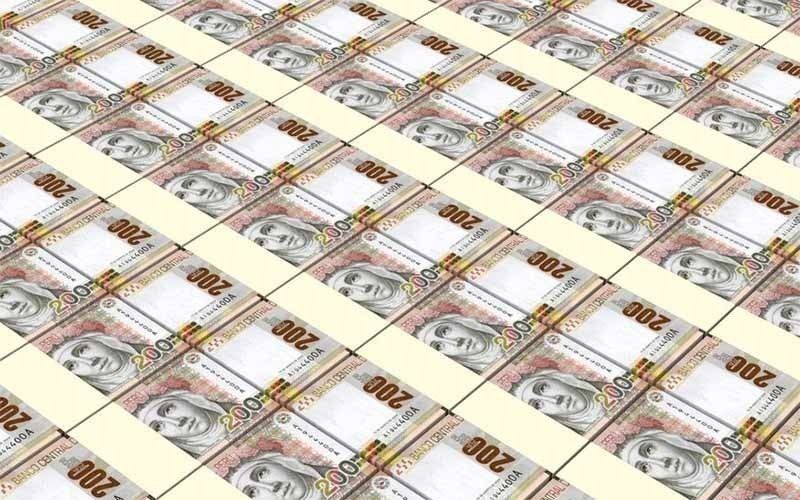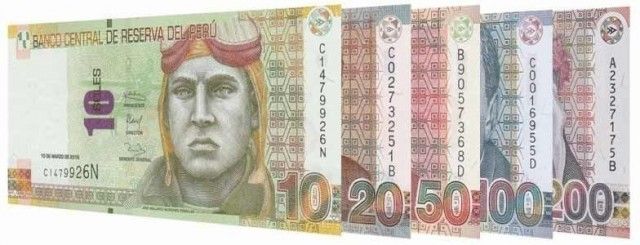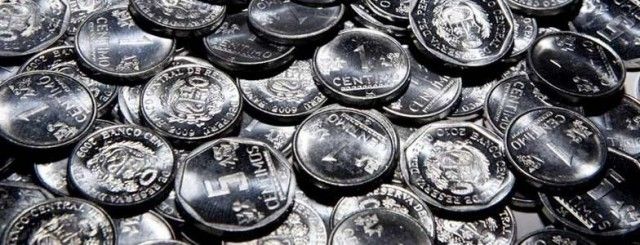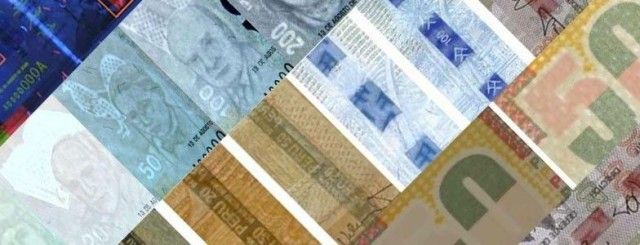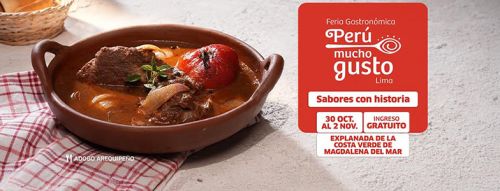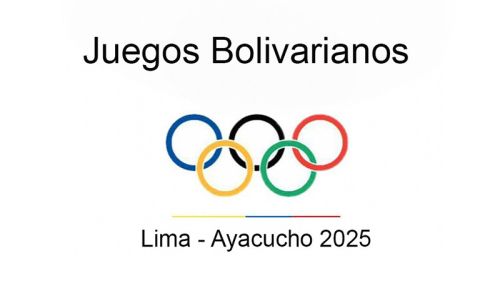Traveling to a foreign country is always an exciting experience; visiting Peru is no exception. There are so many new, interesting, and thrilling things that it’s easy to get distracted and important issues such as money that need your attention might take a backseat.
Since 2016, the Peruvian currency is the Sol, abbreviated S/ - before from 1991 to 2015 it was the Nuevo Sol (abbr. S/.) While travel agencies and hotels might charge you in Dollars, and some supermarkets and restaurants, especially in Lima accept Dollars, make sure you have some local currency on hand as soon as possible.
Most visitors haven’t ever seen the Peruvian currency before coming to the country. Getting used to the foreign and strange coins and bills in your pocket, and especially getting a feeling of its worth and buying power isn’t easy.
Good indicators to estimate the value of a currency are, for example, a comparison of the minimum wage and prices in your home country with the ones in Peru, or a comparison of the average wages / prices.
Since May 2022, the minimum wage in Peru is S/ 1025 (increased from S/ 930 since April 2018), so, a little over US$250 per month. The average income in Peru was S/ 1505 in 2021 (something around US$380), in Lima it's around S/ 1600 and S/ 1800 (2022; around US$450). A few people earn (much) more, many others must live on significantly less. Just think about what it means to an average local if you have US$300 or US$400 on you (not to mention the fact that you can afford a trip to Peru). Would you walk around with a monthly salary in your pocket to go shopping or sightseeing back home? Certainly not.
This extreme difference occasionally result in crimes such as pick-pocketing, cheating, theft and robbery. To avoid uncomfortable situations and stay safe, here some advice and useful tips on money matters:
- Always have enough change (coins) and small notes in your pocket. Taxi drivers, for example, often can't or don't want to change. Already a 10 Soles note (about US$2.50) can be a problem and often smaller shops, kiosk, and street vendors just don't have enough change.
- Only take the amount of cash with you that you need for the day, the city tour, excursion, or shopping. Do not use only one purse or one belt bag popular with many travelers; rather split your money and carry small amounts in different inside and pants pockets. The advantage is that you don’t have to open your purse with possibly lots of notes in it when paying somewhere and, while searching for the right amount, attract potential thieves. In the unlikely event of being pick-pocketed or robbed, you might be lucky and only lose a few Dollars or Soles from one pocket instead of your complete travel budget.
- Please only withdraw money at guarded ATMs preferable inside a building / bank! Try to avoid using an ATM at night and consider the universally known precautions when using an ATM! At most ATMs in Peru you can withdraw Soles and Dollars and change the language from Spanish to English, German or even French. There is no need for help from other people. To avoid unpleasant surprises, be aware that for security reasons ATMs often have a withdrawal limit of about S/. 1500 to S/. 2000 (usually more or less US$500), when taking out cash after banking hours, sometimes even less. We as well have been informed that when using a foreign credit card, some ATMs only cough up US$200 or the equivalent in Soles per withdrawal.
- Exchange your money at official exchange offices. Avoid money changers on the street (you might be ripped off with the exchange rate or end up with fake bills and coins), banks (usually low exchange rates) and the airport exchange offices (ridiculously low exchange rate).
- When paying with your credit card, have a very close eye on who handles it and what is done with it. A simple, sometimes inconvenient rule: where your credit card goes, you do! In restaurants, bars and cafes, it’s common that they bring the POS device to your table, so you can follow the transaction.
- Foreigners, who understandably aren’t familiar with the security features of Peruvian banknotes and coins, are sometimes taken advantage of. We recommend checking out the security features of Peruvian notes and coins before your travel. Don’t exchange larger notes for smaller ones or coins out of courtesy. And never accept torn or taped notes.
- And finally: Please be extremely cautious when someone is asking for money! In such cases, usually a heartbreaking, but entirely fabricated story is told with the intent of making you feel sorry and squeeze money out of you. Although the story sounds true and, of course, extremely sad, please don’t fall for it. Many foreigners before you were ripped off this way only because they wanted to help.
Some last advice ....
We highly recommend familiarizing yourself with Peru's current banknotes and coins. Detailed information can be found in our articles "Current Peruvian Banknotes" and "Current Peruvian Coins".
Additinally, check out our article "How to distinguish between real and fake Peruvian money" to learn more about the security features of Peruvian notes and coins enabling you to verify the authenticity of a bill or coin easily.
And for more detailed information on Peru's Monetary Systems from Colonial times till today, Handling Money, Exchanging Money, Money Transfers and Tipping in Peru, visit the General Information section in our extensive Money Guide.


